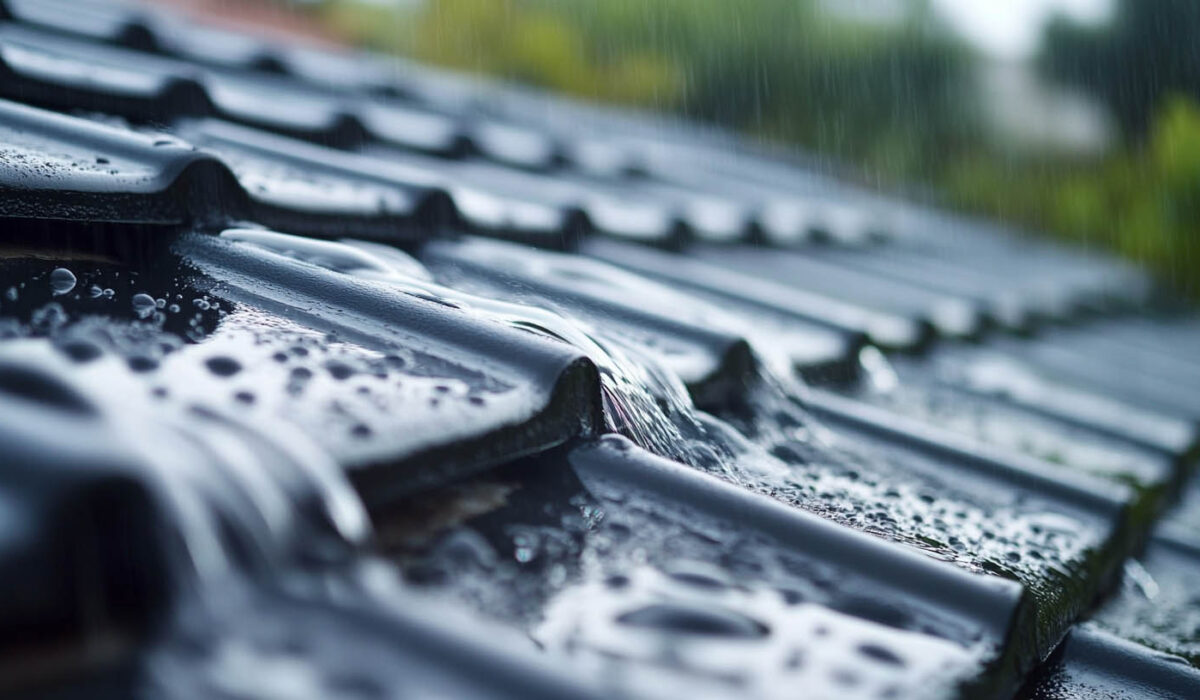Spring and summer bring unpredictable weather, from sudden downpours to powerful winds. Ensuring your roof and home are ready to withstand these challenges is essential for protecting your property and loved ones. Proactive preparation minimizes damage, saves money, and provides peace of mind during the storm season.
Perform Comprehensive Home Maintenance
A strong roof, secure doors, and durable windows are your first line of defense against storms. Conducting routine maintenance ensures your home can withstand extreme weather.
Inspect Your Roof
Check for missing, damaged, or curling shingles, as well as dark spots or other visible damage. A compromised roof is more likely to sustain severe damage during storms. Hire a professional roofing contractor for a detailed inspection if you spot any issues.
Secure Outdoor Items
Bring loose items like patio furniture and potted plants indoors to prevent them from becoming projectiles. For items that cannot be moved, such as grills or garden structures, use protective coverings and secure them with ties.
Reinforce Doors and Windows
Examine doors and windows for cracks, gaps, or weak seals. Install storm shutters or use plywood to provide additional protection for windows in extreme weather conditions.
Address Potential Tree Hazards
Trees can become significant liabilities during storms, posing risks to roofs, vehicles, and other property.
Prune and Remove Threats
Inspect trees for loose branches, dead limbs, or signs of disease. These are more likely to break under the force of strong winds or heavy rain. Trim overhanging branches that extend near the roof or other structures.
Assess Tree Stability
Look for signs of instability, such as leaning trunks or exposed roots. If a tree appears at risk of falling, contact a professional tree removal service to mitigate the danger.
Develop a Family Storm Safety Plan
Safety starts with a plan. Preparing your household for various storm scenarios ensures everyone knows what to do when the unexpected occurs.
Establish a Safe Room
Designate a secure area in your home, such as a basement or interior room without windows, to shelter during severe storms.
Stock Emergency Supplies
Keep essentials like bottled water, non-perishable food, first aid kits, flashlights, batteries, blankets, and a weather radio in an accessible location.
Practice Emergency Procedures
Discuss evacuation routes, communication plans, and safety protocols with your family. Regular practice ensures everyone remains calm and prepared during an actual event.
Invest in Professional Roof Inspections
A professional inspection provides peace of mind by identifying vulnerabilities that may not be visible to the untrained eye. Experts can detect structural weaknesses, hidden leaks, or deteriorating shingles that could fail under storm conditions.
Preventative Repairs
Addressing minor issues before storm season begins prevents them from escalating into costly repairs later.
Upgrade for Resilience
Consider enhancements like impact-resistant shingles or reinforced flashing to boost your roof’s ability to handle extreme weather.
Omega Roofing, LLC: Dedicated to Excellence
Omega Roofing, LLC, based in Jackson, TN, specializes in providing homeowners with robust roofing solutions. As an Atlas Pro Certified Contractor, Omega Roofing prioritizes superior craftsmanship and customer satisfaction. With their expertise, you can ensure your roof is prepared to endure the toughest spring and summer storms.
Future Trends in Storm-Resilient Roofing
Advancements in roofing technology are making homes more resilient against unpredictable weather.
Impact-Resistant Shingles
These shingles withstand hail and flying debris, reducing the likelihood of damage.
Weatherproof Coatings
Roof coatings that repel water and UV rays extend the lifespan of roofing materials.
Smart Roof Monitoring Systems
Sensors that detect leaks, temperature fluctuations, and structural weaknesses provide real-time alerts, enabling immediate action.
Frequently Asked Questions
1. What are the most common roof issues during spring and summer storms?
Loose shingles, clogged gutters, and weak flashing are common problems. These issues can lead to leaks, water damage, and structural compromise.
2. How often should I inspect my roof for storm readiness?
Perform inspections at least twice a year and after any major storm. Regular maintenance helps identify and address potential vulnerabilities.
3. Can trimming trees really prevent roof damage?
Yes, pruning overhanging branches reduces the risk of falling debris, which can puncture or dislodge roofing materials during a storm.
4. Are impact-resistant shingles worth the investment?
Absolutely. These shingles offer superior protection against hail and wind damage, potentially saving money on future repairs.
5. What should I include in my emergency storm kit?
Your kit should contain water, non-perishable food, first aid supplies, a flashlight, batteries, blankets, and a weather radio.
Conclusion
Preparing your roof and home for spring and summer storms is essential for safeguarding your property and family. By conducting regular maintenance, addressing potential hazards, and investing in professional inspections, you can minimize risks and enjoy greater peace of mind during storm season.
Read also: Understanding and Preventing Common Summer Roof Damages

